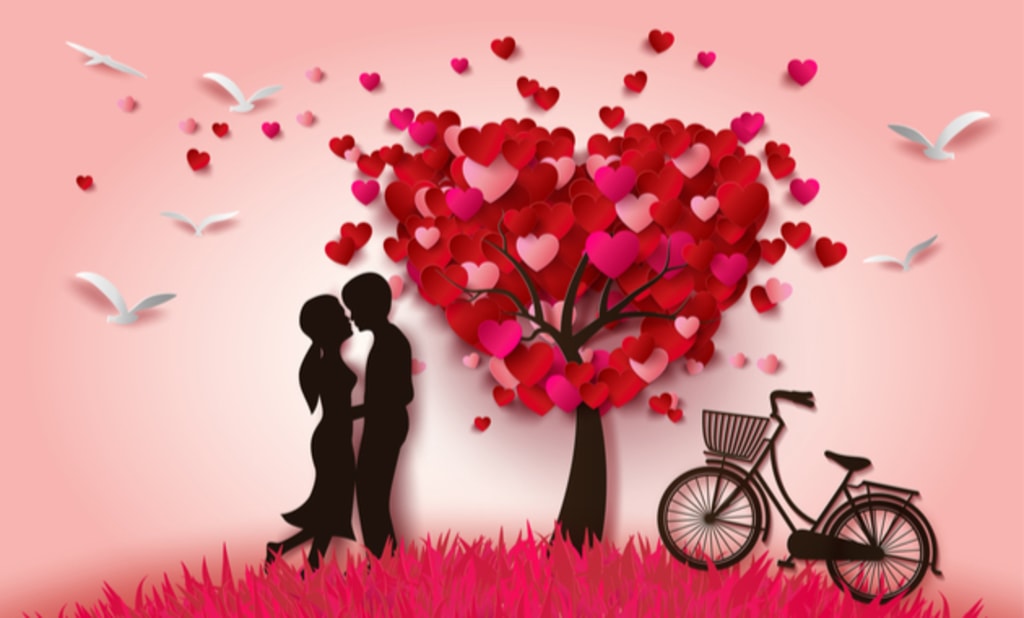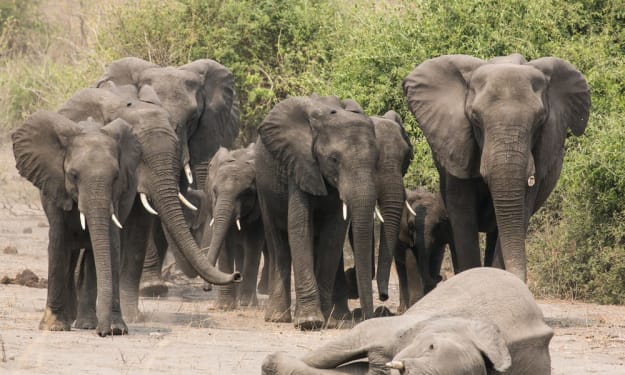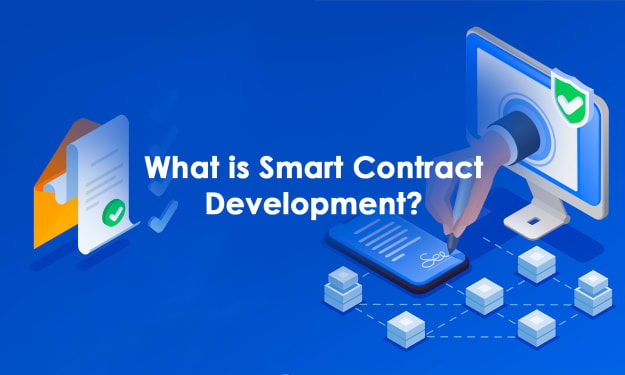The Intricate Pathways of Love: Unveiling the Science Behind Falling and Healing
From Chemical Sparks to Heartbreak's Echo: A Journey Through the Neurobiology of Love and Recovery

Love, that powerful and sometimes tumultuous emotion, is often described as heartwarming, heartbreaking, and everything in between. But have you ever wondered about the role your brain plays in this journey? Well, the brain is the conductor of this symphony of emotions! From that initial spark to the last tear, a complex dance of brain chemicals and systems guides us through the process.
When you start to fall for someone, you might catch yourself daydreaming about them all the time and wanting to be with them constantly. This early stage is called infatuation or passionate love by psychologists. It's like a magical spell – you're so deeply drawn to the person that your brain seems to be on a rollercoaster ride. The science behind this is intriguing. A specific area in your brain, the ventral tegmental area (VTA), becomes hyperactive. This region is responsible for processing rewards and motivations, and it lights up when you do things that bring pleasure, like eating something delicious or satisfying your thirst. This leads to the release of a "feel good" chemical called dopamine. This rush of dopamine teaches your brain to seek out those behaviors again and again in hopes of experiencing that initial joy. That's why falling in love can feel so euphoric – your brain is hooked on this happy feeling. This also explains why you're so drawn to your new partner during this stage.
During the initial stages of love, it's common to see your partner through rose-colored glasses. This rosy view is due to how love influences the higher thinking parts of your brain. Interestingly, some people in the early stages of infatuation show decreased activity in the prefrontal cortex – the area responsible for critical thinking and judgment. It's as if your brain is so focused on the positive aspects of your partner that it turns down the volume on any critical thoughts.
This passionate phase of love usually lasts a few months, and then comes the more enduring stage known as attachment or compassionate love. As your relationship deepens, you start to feel more comfortable and committed to your partner. This change is influenced by two key hormones: oxytocin and vasopressin. These hormones are like the glue that holds you together. They create feelings of trust, social support, and attachment. Interestingly, these hormones are also involved in forming bonds within families and friendships. Oxytocin, in particular, can even help lower stress hormones, which is why spending time with your loved one can feel so calming.
As the honeymoon phase fades, you might start to notice imperfections in your partner or your relationship. The rosy glasses give way to a clearer, more honest view. If a relationship ends, the pain is real, and it's all tied to your brain's workings. The agony of a breakup activates a brain region called the insular cortex, responsible for processing pain – both physical, like stubbing your toe, and emotional, like feeling rejected. In the days following a breakup, you might find yourself daydreaming about your lost partner or longing for their touch. This desire can be overwhelming, akin to a powerful hunger or thirst. Looking at old photos of your ex can trigger activity in the VTA again, the same region that drove the intense longing during the early stages of your relationship. This emotional whirlwind might also set off your body's stress response, leaving you feeling restless and anxious.
However, as time goes on, your brain's more rational parts step in. These higher thinking regions help you gain control over the distress and cravings. It's worth noting that these brain regions are still developing during adolescence, which could explain why first heartbreaks are so painful. Engaging in activities like exercising, spending time with friends, or listening to music you love can help ease this heartbreak stress while also releasing dopamine – that "feel good" chemical.
With time and support, most people can heal and grow from even the most heart-wrenching breakups. Just remember, as complicated as love can be, it's all written in the language of your brain.
About the Creator
Enjoyed the story? Support the Creator.
Subscribe for free to receive all their stories in your feed. You could also pledge your support or give them a one-off tip, letting them know you appreciate their work.





Comments
There are no comments for this story
Be the first to respond and start the conversation.